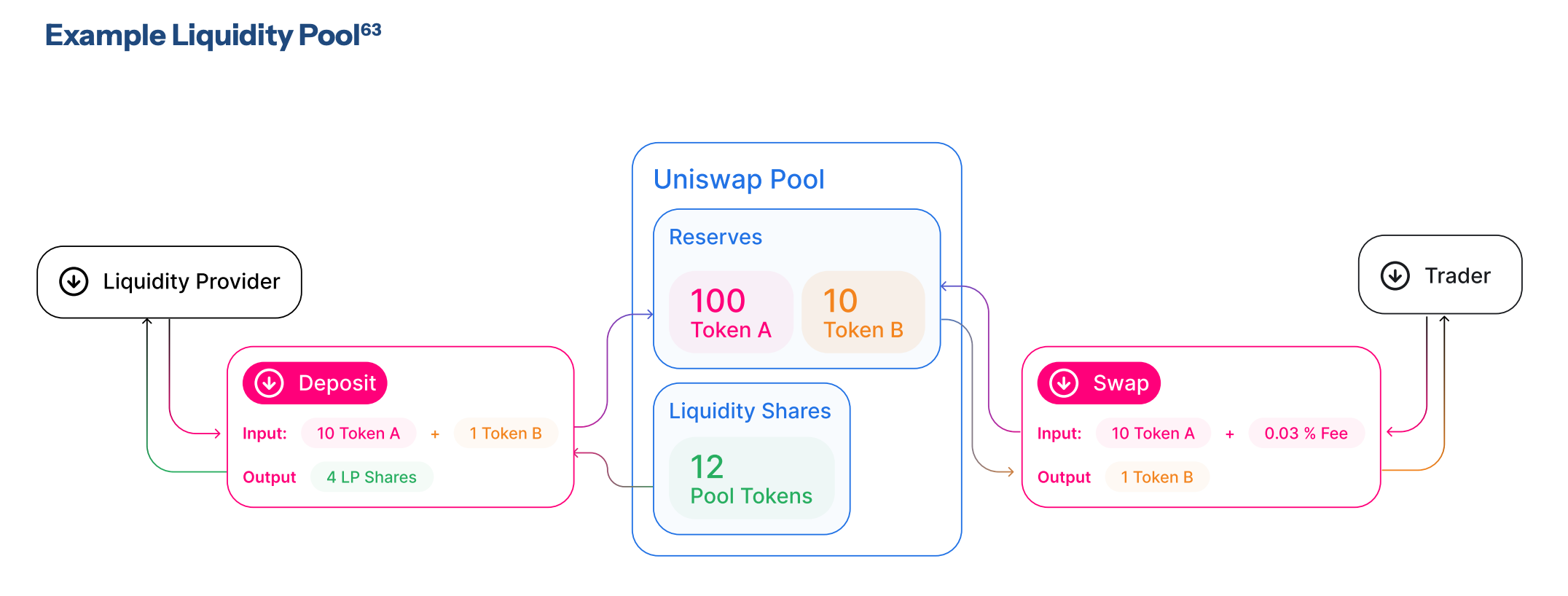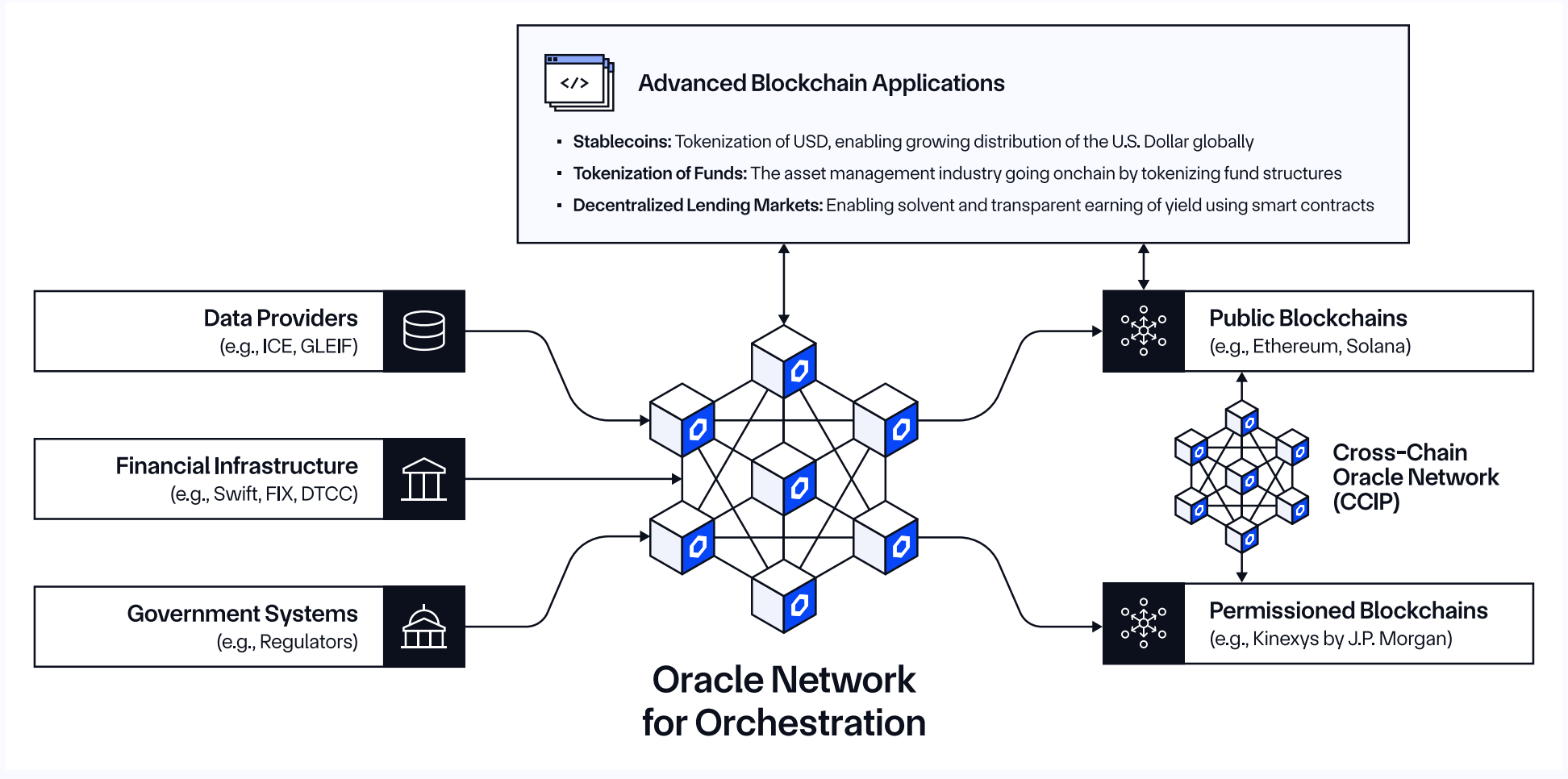Infrastructure - Blockchain 101
Blockchain infrastructure is very similar to the different roles people play in a bustling marketplace. Just like a real marketplace needs vendors, security guards, translators, and customers, so does the blockchain ecosystem it has different participants who keep everything running smoothly.
How Blockchains Avoid Cheating
Section titled "How Blockchains Avoid Cheating"Every blockchain needs a way to prevent cheating and keep everyone honest, this is what we call consensus mechanisms. There are two main approaches:
Proof-of-Work (PoW): Think of this like a security contest that happens every few minutes.
-
Miners use powerful computers to compete in solving complex puzzles.
-
The first one to solve it gets to add the next block of transactions to the blockchain.
-
Winners earn rewards, both newly created cryptocurrency and transaction fees from users. This makes it profitable to help secure the network.
-
Cheating would require controlling more computing power than everyone else combined, which would be extremely expensive. It’s much more profitable to play by the rules.
Proof-of-Stake (PoS): This works more like putting down a security deposit.
-
Instead of competing with computers, people “stake” (lock up) their own cryptocurrency as collateral (similar to a security deposit). The network randomly selects these stakers to validate transactions.
-
Selected validators earn rewards for honest work. But if they try to cheat or go offline, they lose their staked cryptocurrency (they lose their security deposit), a process called “slashing”.
-
Validators are literally betting their own money that they will be honest. Cheating means losing their deposit, while honest participation means earning steady rewards.
-
When Ethereum switched from PoW to PoS in 2022, it used 99.9% less energy while maintaining high degrees of security.
Smart Contracts and DeFi Architecture
Section titled "Smart Contracts and DeFi Architecture"Smart Contracts are a tiny program living on the blockchain that automatically carries out agreements when pre-set conditions are met. Once deployed nobody, no middleman, no bank, literally no one needs to push anymore buttons the code simply executes itself exactly as it was written.
Imagine a group of three friends want to rent a cabin for a weekend getaway.
-
They each agree to chip in $200 by June 1.
-
Instead of tracking payments one by one, friend A send their share to a digital “cabin trip fund” controlled by the smart contract.
-
If everyones share of the trip fund arrives on time, the contract books the cabin and emails everyone the door code.
-
If someone misses the deadline it refunds everyone automatically. No one has to nag, handle refunds or worry about mistakes, the code enforces the deal.
The smart contracts breakthrough enabled entire new blockchain networks like Ethereum and Solana to support complex applications beyond simple payments.

The Larger Ecosystem
Section titled "The Larger Ecosystem"Another analogy to really think about. Blockchain infrastructure is like a bustling digital city that’s constantly growing and evolving:
The Foundation: Base Blockchains
-
Roads & Highways: The fundamental networks like Bitcoin, Ethereum, Solana where all activity happens
-
City Planning: Each blockchain has its own rules, speed limits (transaction throughput), and toll systems (gas fees)
-
Specialized Cities: Just like New York and LA are different cities with different specializations, New York with Finance and LA with Entertainment; different blockchains serve different purposes, finance, gaming, privacy, or speed, forming a diverse purpose-driven ecosystem
The Districts Within each digital city, there are specialized districts:
-
Financial District (DeFi): Where lending, borrowing, and trading happen
-
Art District (NFT Marketplaces): Where digital art and collectibles are created and sold
-
Gaming Zone (GameFi): Where blockchain-based games and virtual worlds operate
-
Shopping Centers (E-commerce dApps): Where you can buy real-world goods with crypto
The Infrastructure
-
Utilities (Oracles & Bridges): Essential services that keep different cities connected
-
Transportation (Wallets): Your vehicle for moving around and accessing services
-
Road Maintenance Crews (Validators/Miners): The crews that maintain and inspect the roads, they ensure every transaction (vehicle) follows the rules and that the infrastructure stays intact.
Infrastructure Components
Section titled "Infrastructure Components"
-
Oracles: Blockchains are isolated systems, they can’t naturally access real-world information like stock prices, weather, or sports scores. Oracles act like trusted news reporters that bring verified real-world data onto the blockchain so smart contracts can use it, enabling smart contracts to execute based on real-world prices and events.
-
Cross-chain Bridges: Different blockchains can’t naturally communicate with each other. Your Bitcoin can’t directly interact with Ethereum applications. Bridges act like currency exchange booths and transportation systems that let you move assets between different blockchains.
-
Decentralized Exchanges (DEXs): Traditional exchanges require you to trust a company with your money and follow their rules. DEXs are like automated trading posts that use smart contracts to facilitate swaps directly between users, without needing a middleman company.
-
Node Operators: To interact with a blockchain you need access to its network, but running your own connection is technically complex. You can think of node operators almost as internet service providers (ISPs) for blockchain networks, they provide users and developers with access to the blockchain network.
-
Aggregators: With so many different exchanges and services, finding the best prices or options is time consuming and complex. Aggregators shop around automatically to find you the best deals across multiple blockchain networks.